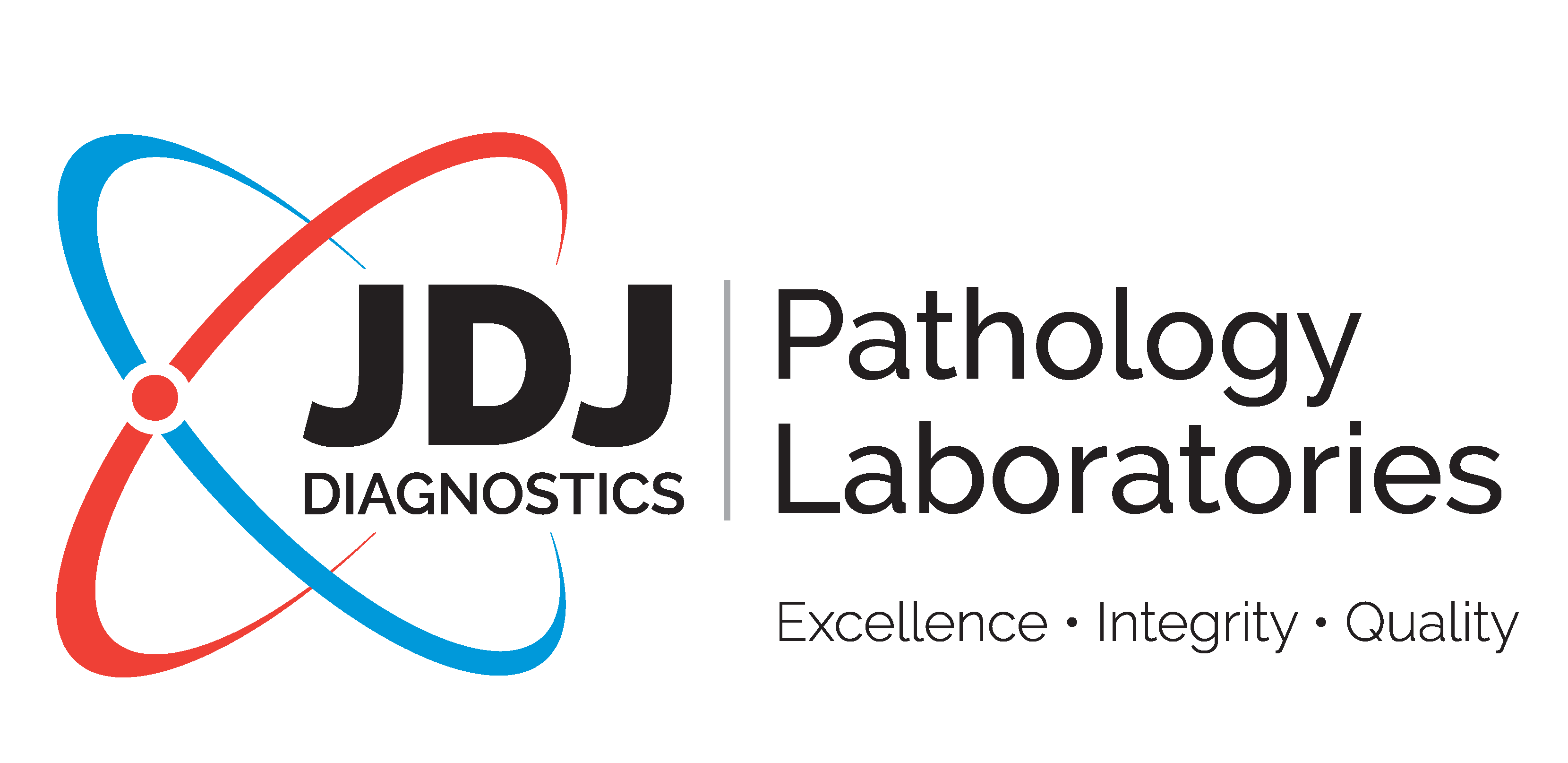by Dr. Adele Visser
SANBS Guidelines 2014
Blood is considered to be a living tissue and therefore it is never fully possible to render it completely safe. For this reason, the transfusion of blood and blood products should never be undertaken unless succinctly indicated.
The risk of transmission of infectious agents, most notably the human immunodeficiency virus (HIV), Hepatitis B virus (HBV) and Hepatitis C virus (HCV), it should be noted that the South African National Blood Transfusion Service (SANBS) perform both serological and nucleic acid testing on each individual sample submitted for donation, as opposed to pooling strategies utilized in many other countries.
The clinician prescribing transfusion has certain responsibilities in this regard:
- Owing to inherent risks, transfusion should only be undertaken if medically indicated.
- A patient should be made aware of associated risks and potential harms.
- Documented informed consent should be obtained.
- Both the patient and the transfusion unit should be actively identified.
- Compatibility testing is undertaken by SANBS.
- Ensuring that the blood product has been correctly handled prior to transfusion.
- Ensuring use within the expiry date.
- Ensuring administration by a responsible person.
- Ensuring transfusion at an appropriate rate.
- Effectively anticipating and managing adverse reactions.
- Retaining blood samples as required.
- Reporting adverse effects or death.
- Tracing, counselling and testing recipients part of blood transfusion haemovigilance programme.
Indications for transfusion
| Red Cell Component | Acute blood loss of >30% of blood volume. General surgery:
Anaemia in Acute Coronary Syndromes to maintain the Hb between 8-10 g/dL. |
| Washed Red Cells | Severe, recurrent, allergic transfusion reactions not prevented by antihistamines. Known IgA deficiency with anti-IgA antibodies. Paroxysmal nocturnal haemoglobinuria (PNH). Neonates with T-activated red cells. Following gamma irradiation with storage for >12 hours. |
| Whole blood | Exchange transfusions in neonates. Massive haemorrhage. |
| Gamma irradiated Blood products | All transfusions from blood relative. All HLA matched platelet concentrates. Intra-uterine transfusions (IUT). Exchange transfusion following IUT. Recommended in all exchange transfusions provided it does not delay procedure. Congenital immunodeficiency states. All recipients of allogeneic bone marrow transplant (BMT) or peripheral blood stem cell transplants from conditioning chemo- / radiotherapy. All patients undergoing stem cell harvesting. All patients with Hodgkins Disease. Patients treated with purine analogue drugs. |
| Platelet transfusions | All stable adult patients with counts <10 x109/L. Patients with increased bleeding risk with levels <20 x109/L.
Severe anaemia. |
| Fresh Frozen Plasma | Replacement of inherited single factor deficiency (if single factor is not available). Multiple coagulation factor deficiencies (part of DIC, massive blood transfusion or liver disease). Reversal of Warfarin if actively bleeding. Vitamin K deficiency associated with active bleeding. Thrombotic Thrombocytopaenic Purpura (TTP). Scoline apnoea. Haemorrhagic disease of the newborn. |
References
- Clinical Guidelines for the use of Blood Products in South Africa 6th Edition (2014)

